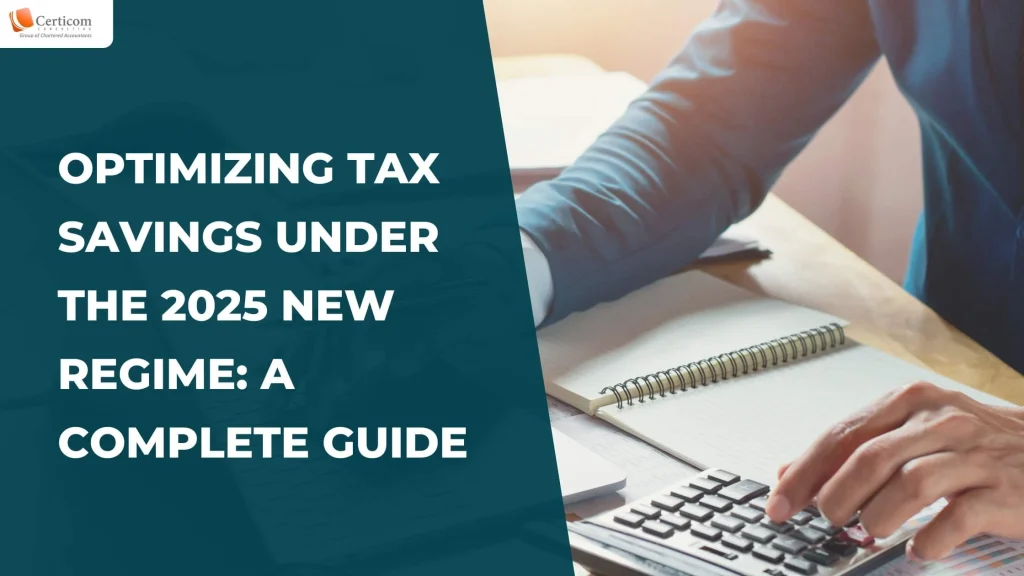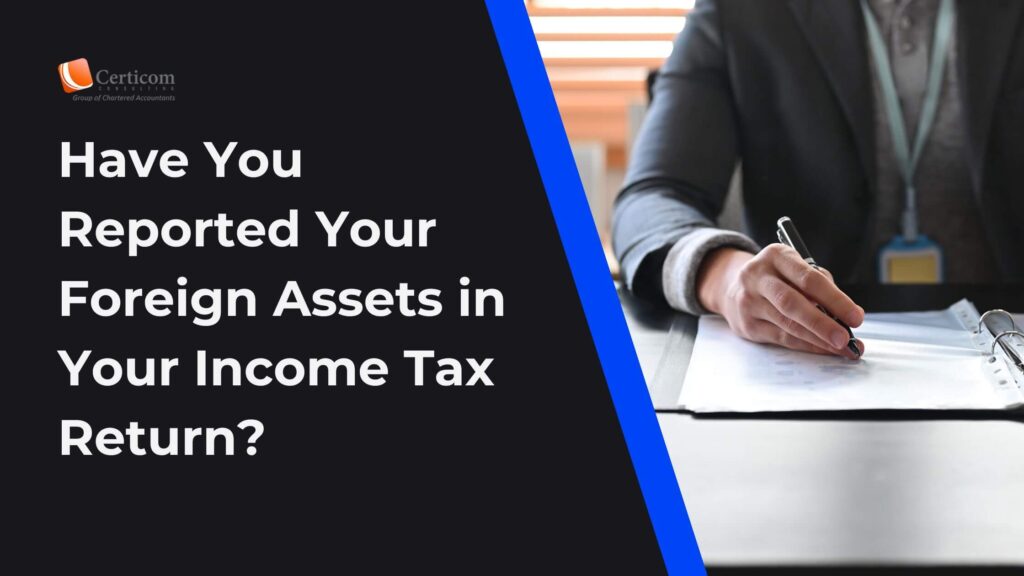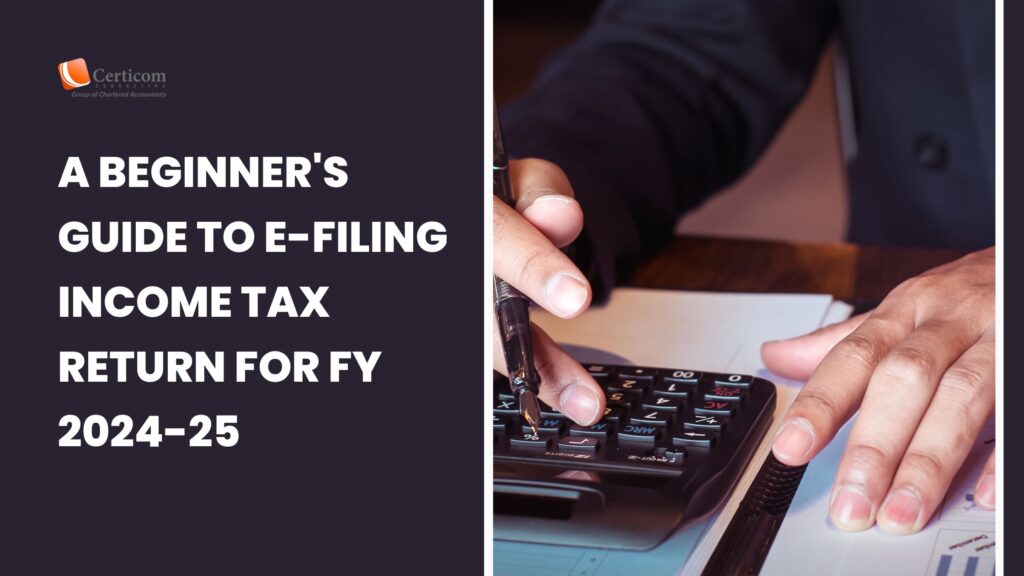Optimizing Tax Savings Under the 2025 New Regime: A Complete Guide

Taxation plays a fundamental role in a nation’s economy, and every earning individual is required to comply with the Income Tax Act, 1961. With the 2025 revisions to the new tax regime, several traditional tax-saving provisions have been removed, leaving taxpayers unsure about the best strategies for minimizing their tax liabilities.
The new tax structure provides reduced tax rates but significantly limits exemptions. This guide breaks down the key updates, deductions, and exemptions available, helping taxpayers make informed decisions about choosing the right tax regime.
Overview of the 2025 Tax Regime
The Income-tax Act, 1961, offers two taxation frameworks:
Old Regime – Retains various deductions and exemptions, potentially lowering tax liability.
New Regime – Features lower tax rates but removes most exemptions.
Initially introduced under Section 115BAC in 2020 as an optional scheme, the new tax regime became the default system with the Union Budget 2023. The 2025 tax reforms maintain this approach, making it crucial for taxpayers to evaluate their choices carefully.

Revised Income Tax Slabs (FY 2025-26)
| Annual Income Bracket | Applicable Tax Rate |
|---|---|
| Up to ₹4,00,000 | NIL |
| ₹4,00,001 – ₹8,00,000 | 5% |
| ₹8,00,001 – ₹12,00,000 | 10% |
| ₹12,00,001 – ₹16,00,000 | 15% |
| ₹16,00,001 – ₹20,00,000 | 20% |
| ₹20,00,001 – ₹24,00,000 | 25% |
| Above ₹24,00,000 | 30% |
Individuals earning up to ₹4,00,000 are fully exempt, while those in higher brackets follow a progressive taxation system.
Key Tax Benefits Under the 2025 New Regime
1. Higher Tax Rebate (Section 87A)
New Rebate Limit: ₹12 lakh (FY 2025-26)
Previous Limit: ₹7 lakh (FY 2024-25)
Effective tax-free income (including standard deduction): ₹12.75 lakh
2. Increased Basic Exemption Threshold
| Age Group | Old Regime (FY 2025-26) | New Regime (FY 2024-25) | New Regime (FY 2025-26) |
| Below 60 years | ₹2.5 lakh | ₹3 lakh | ₹4 lakh |
| 60 – 80 years | ₹3 lakh | – | – |
| 80+ years | ₹5 lakh | – | – |
3. Standard Deduction & Family Pension Benefits
Standard Deduction: ₹75,000 (previously ₹50,000)
Family Pension Deduction: ₹25,000 (up from ₹15,000)
4. Reduced Surcharge for High Earners
Surcharge on Income Above ₹5 Crore: Lowered from 37% to 25%
Effective Tax Rate Reduction: From 42.74% to 39%
5. Tax-Free Retirement Benefits
- Gratuity and Leave Encashment: Remain tax-exempt
6. Employer Contributions to Retirement Funds
NPS & Provident Fund (PF): Employer contributions remain tax-free
7. Tax Exemption for Agnipath Scheme Beneficiaries (Section 80CCH)
Financial assistance provided under the Agnipath Scheme remains exempt
8. Select Allowances Remain Tax-Free
Transfer-Related Allowance: Exempt for work-related transfers
Conveyance Allowance: Tax-free for work-related travel
Disabled Employee Allowance: Transport allowance remains exempt
Exemptions & Deductions NOT Available Under the New Regime
The following benefits have been removed under the new structure:
House Rent Allowance (HRA) [Section 10(13A)]
Leave Travel Allowance (LTA) [Section 10(5)]
Entertainment Allowance & Professional Tax
Chapter VI-A Deductions (80C, 80D, 80E, etc.)
Choosing Between the Old and New Tax Regimes
Who Benefits from the New Tax Regime?
- Individuals with high incomes and minimal deductions.
Salaried employees who do not have home loans, EPF, or tax-saving investments.
Self-employed professionals & freelancers with lower deductible expenses.
Example: Priya, an IT employee earning ₹14 lakh annually without deductions, benefits from the new regime due to lower tax rates.
Who Should Opt for the Old Tax Regime?
Individuals with substantial deductions (e.g., PPF, LIC, ELSS, HRA, home loan interest).
Business owners who can claim expenses like rent and depreciation.
Freelancers with deductible expenses such as office rent and professional costs.
Example: Akash, a retail shop owner earning ₹18 lakh with ₹5 lakh in deductible expenses, benefits from the old regime.
Senior Citizens: Tax Benefits Under the New Regime
Basic Exemption Limit: ₹4 lakh for senior citizens (₹5 lakh for super senior citizens)
Higher Deduction on Interest Income: Limit increased to ₹1 lakh
Tax Exemption on National Savings Scheme Withdrawals
Avoiding Common Tax Planning Mistakes
Selecting a tax regime without assessing deductions and financial goals.
Not leveraging employer contributions to NPS & PF.
Neglecting tax-efficient investment options.
Overlooking regulations for switching between tax regimes:
Salaried employees can switch yearly.
Self-employed and business owners can switch only once.

Final Thoughts
The new tax regime simplifies tax calculations and provides lower rates, but eliminates key deductions. While it benefits those without tax-saving investments, individuals with substantial deductions must evaluate their options carefully.
Key Takeaways
- Assess income, deductions, and financial goals before selecting a tax regime.
Maximize employer contributions to NPS & EPF for tax benefits.
Utilize the ₹75,000 standard deduction effectively.
Business owners and freelancers should analyze deductible expenses before opting into the new regime.
Ultimately, selecting the right tax regime should align with long-term financial planning rather than just seeking immediate tax savings.
Related Post
A Beginner’s Guide to E-Filing Income Tax Return for FY 2024-25
Faking Tax Deductions? You Could Be Penalised Up To 200% Under Income Tax Rules
Book A One To One Consultation Now For FREE
How can we help? *




